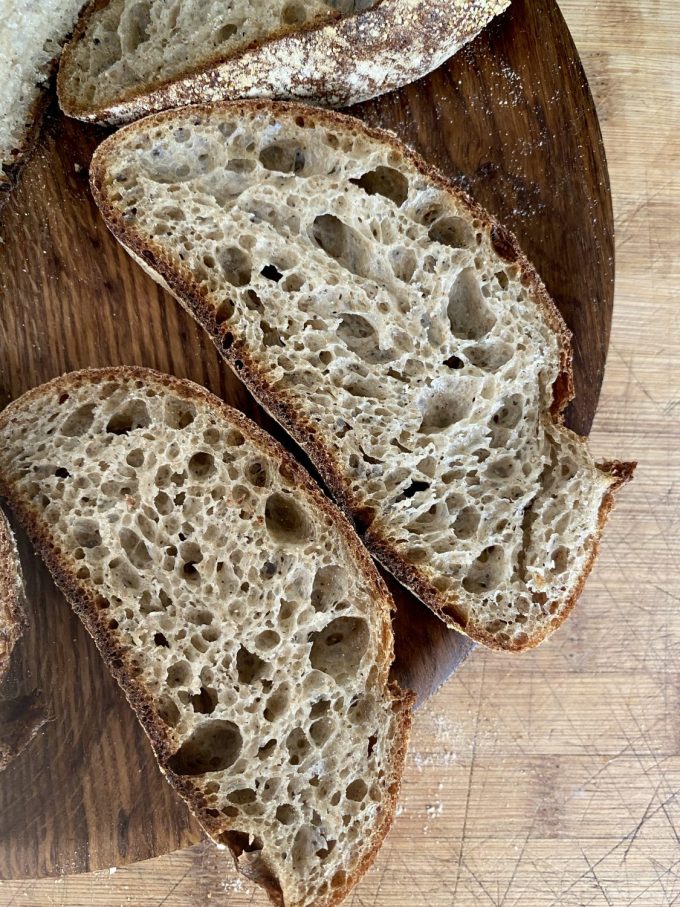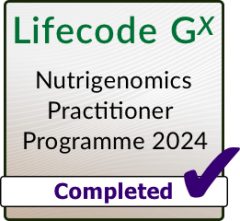Reference Number: 1
Year: 2012
Link: Link to original paper
Health: Autoimmune
Nutrition: Gluten
Intolerance & Sensitivity: Allergies | Coeliac | Non coeliac gluten sensitivity
Summary

Introduction
A decade ago celiac disease was considered extremely rare outside Europe and, therefore, was almost completely ignored by health care professionals. In only 10 years, key milestones have moved celiac disease from obscurity into the popular spotlight worldwide. Now we are observing another interesting phenomenon that is generating great confusion among health care professionals. The number of individuals embracing a gluten-free diet (GFD) appears much higher than the projected number of celiac disease patients, fueling a global market of gluten-free products approaching $2.5 billion (US) in global sales in 2010. This trend is supported by the notion that, along with celiac disease, other conditions related to the ingestion of gluten have emerged as health care concerns.
Aim
This review will summarize our current knowledge about the three main forms of gluten reactions: allergic (wheat allergy), autoimmune (celiac disease, dermatitis herpetiformis and gluten ataxia) and possibly immune-mediated (gluten sensitivity), and also outline pathogenic, clinical and epidemiological differences and propose new nomenclature (system of naming) and classifications.
Method
In order to develop a consensus on new nomenclature and classification of gluten-related disorders, a panel of 15 experts was convened in London in February 2011. Each expert was assigned a specific topic that was then collectively discussed and consensus was achieved when each panelist agreed on specific definitions and nomenclature. Based on the discussion and the current evidence in literature, the panel generated a series of definitions and created the classifications.
Conclusions
It is now becoming apparent that reactions to gluten are not limited to Celiac Disease (CD), rather we now appreciate the existence of a spectrum of gluten-related disorders. The high frequency and wide range of adverse reactions to gluten raise the question as to why this dietary protein is toxic for so many individuals in the world. One possible explanation is that the selection of wheat varieties with higher gluten content has been a continuous process during the last 10,000 years, with changes dictated more by technological rather than nutritional reasons. Wheat varieties grown for thousands of years and mostly used for human nutrition up to the Middle Ages, such as Triticum monococcum and T. dicoccum, contain less quantities of the highly toxic 33-mer gluten peptide. Apparently the human organism is still largely vulnerable to the toxic effects of this protein complex, particularly due to a lack of adequate adaptation of the gastrointestinal and immunological responses. Additionally, gluten is one of the most abundant and diffusely spread dietary components for most populations, particularly those of European origin. In Europe, the mean consumption of gluten is 10 g to 20 g per day, with segments of the general population consuming as much as 50 g of daily gluten or more. All individuals, even those with a low degree of risk, are therefore susceptible to some form of gluten reaction during their life span. Therefore, it is not surprising that during the past 50 years we have witnessed an ‘epidemic’ of CD and the surging of new gluten-related disorders, including the most recently described Gluten Sensitivity (GS).
Significance of this study
This review provides some interesting rationales to explain the current gluten epidemic and helps expand our current knowledge around how the evolution and cultivation of wheat varieties has played a role in the rise of gluten-related disorders. The types of gluten related disorders are classified, named (nomenclature) and defined based on the type of reaction that is triggered and provides us with a scientific understanding of why people react differently to gluten and what might be the underlying causes for these reactions.

